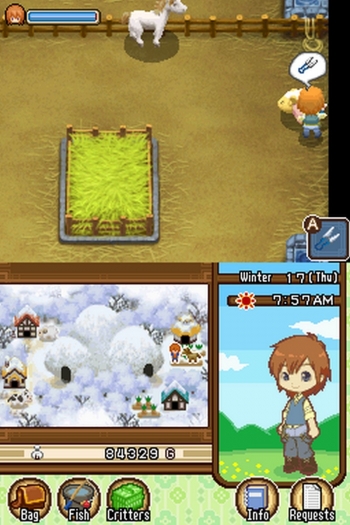
-1452680019.png)
They have wings, they move where food and water is.”īut the widespread nature of this drought throughout the West, and its severity and potential duration, may challenge even the most resilient wildlife. Melanie Weaver, waterfowl coordinator for the state Department of Fish and Wildlife, has confidence in the ability of migrating birds to adapt, saying “ducks and geese are wired to go through drought. Having the resources they need is critically important.” Flights of 4,000 miles are absolutely quite common, and they will fly nonstop for a few days. “The journey, from the human perspective, is enormous,” said Andrew Farnsworth, who researches bird migration at the Cornell Lab of Ornithology. In the span of a few human generations, even in years of plentiful rain, 90 percent of California’s wetlands have disappeared to development and agriculture, so migrating birds are especially vulnerable to prolonged droughts.

Migratory birds are arriving at the refuge hungry and exhausted since wetlands farther north, in the Klamath region, are dried up. Geese forage at the Sacramento River National Wildlife Refuge complex in Willows on Oct. A recent aerial survey of the vast refuge showed about 34,000 ducks this year compared to 1.5 million in 1948 nearby Tule Lake refuge had only about 30,000 ducks in the survey, down from 3.5 million. Fish and Wildlife Service spokesperson Susan Sawyer.Īs a result, nearly all of the ducks have vanished. The refuges there are “almost completely dry,” said U.S. This year is the driest on record in the Lower Klamath Basin, a lush region of marshes and streams that straddles the Oregon-California border. Biologists in Northern California and Oregon say they are tracking flocks deviating far off established flight paths, seeking water where there is little.Įxperts say evidence is already emerging a year into this drought that their labored journey is weakening and stressing birds that struggle to find wetlands along their journey to rest and feed. The great dryness has eliminated many of the flyway’s rest stops in California - particularly in the far north Klamath region - forcing ducks, geese, eagles, herons and other traveling birds to stay aloft and keep looking. Normal routes - long imprinted in migrating birds’ navigation systems - have gone haywire. Wildlife experts say this year’s severe drought has uncoupled that connectivity. It’s an arduous journey, hopscotching from wetlands and waterways, allowing birds to rest and refuel, shoring up strength for their trip. Migratory birds - protected by state and national laws and an international treaty - are suffering mightily during this drought, even more quickly than they did during the last major dry spell, which lasted five years and ended in early 2017.Ĭalifornia is the most critical link in the 4,000-mile-long Pacific Flyway, a route along the West Coast where millions of birds shuttle between their summer and winter homes.

It’s sometimes an extreme intervention: trucking young salmon when drought shrinks rivers.īut this year these lifelines aren’t enough. Nature, alone, is silent in this fight, relying on others to speak on behalf of the welfare of wildlife and waterways.Īcross the state, biologists, farmers and hunters are lending nature a helping hand. It says something about the complexity of California’s water crisis that there are so many actors in the state’s water wars, all clamoring for more.


 0 kommentar(er)
0 kommentar(er)
